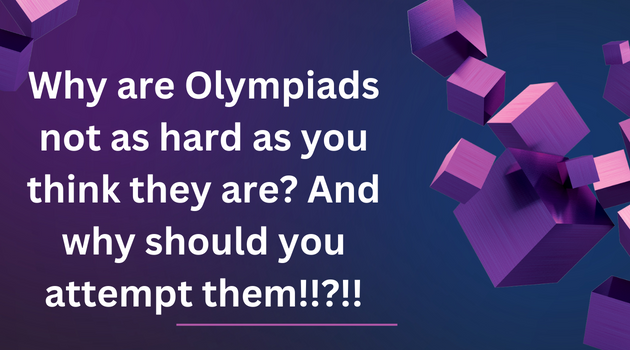SQUARE AND SQUARE ROOTS - ESSENTIAL POINTS
- Square: Number obtained when a number is multiplied by itself. It is the number raised to the power 2. 32 = 3 x 3 = 9 (square of 3 is 9).
- All square numbers end with 0, 1, 4, 5, 6 or 9 at unit’s place.
- Square numbers can only have even number of zeroes at the end.
- Inverse of square is Square Root.
- There are two integral square roots of a perfect square number.
- Positive square root of a number is denoted by the symbol . For example, 42 = 16 gives .
- Perfect Square or Square number: It is the square of some natural number. If m = n2, then m is a perfect square number where m and n are natural numbers. Example: 32 = 3 x 3 = 9
- Properties of Square number:
- A number ending in 2, 3, 7 or 8 is never a perfect square. Example: 152, 1028, 6593 etc.
- A number ending in 0, 1, 4, 5, 6 or 9 may not necessarily be a square number. Example: 20, 31, 24, etc.
- Square of even numbers are even. Example: 32 = 9, 42 = 16 etc.
- A number ending in an odd number of zeroes cannot be a perfect square. Example: 10, 1000, 900000, etc.
- The difference of squares of two consecutive natural number is equal to their sum. (n + 1)2 – n2 = n + 1 + n = 2n + 1.
- Example: 42 – 32 = 4 + 3 = 7, 122 – 112 = 12 + 11 = 23 etc.
- A triplet (m, n, p) of three natural numbers m, n and p is called Pythagorean triplet, if m2 + n2 = p2. Example: 32 + 42 = 9 + 16 = 25 = 52
- Square numbers can only have even number of zeroes at the end.


